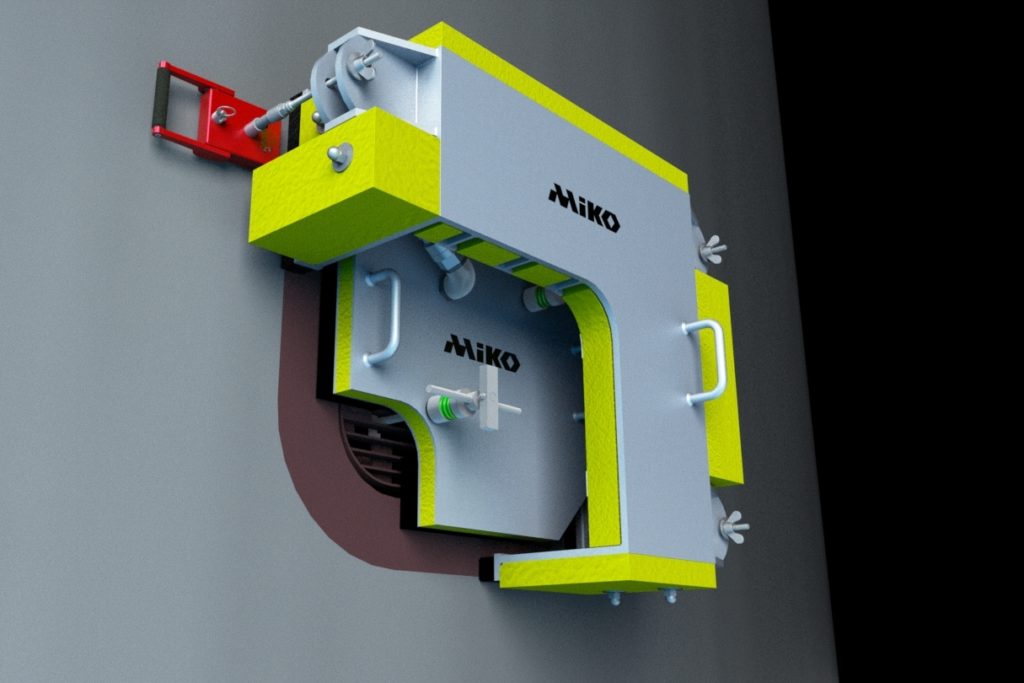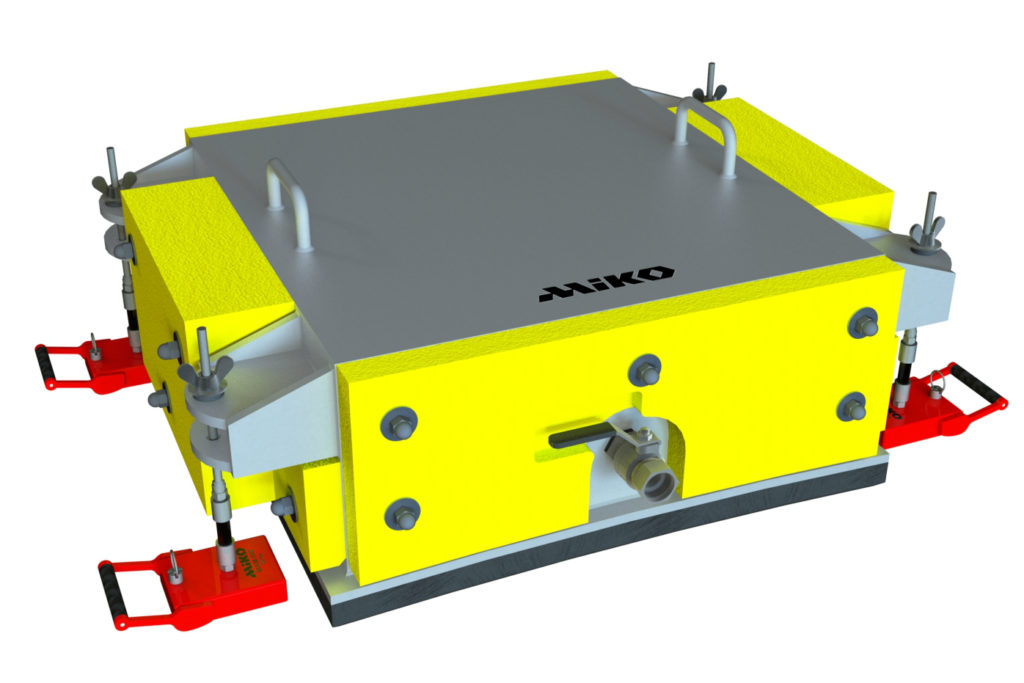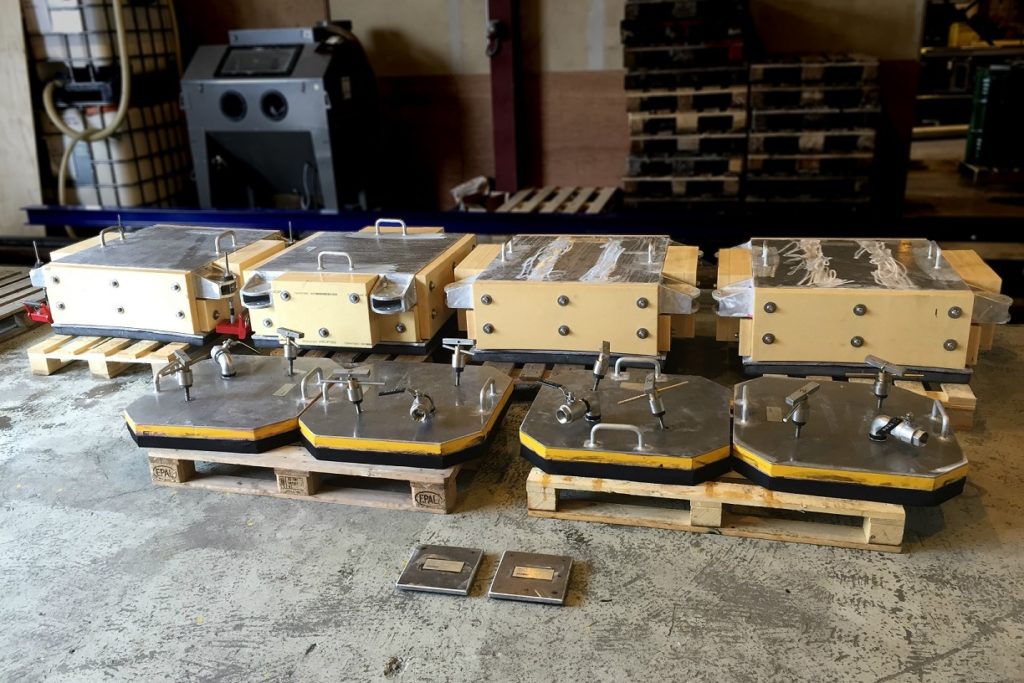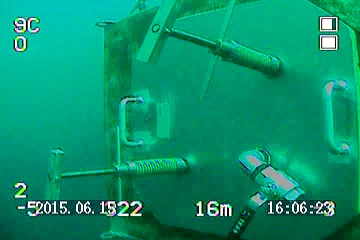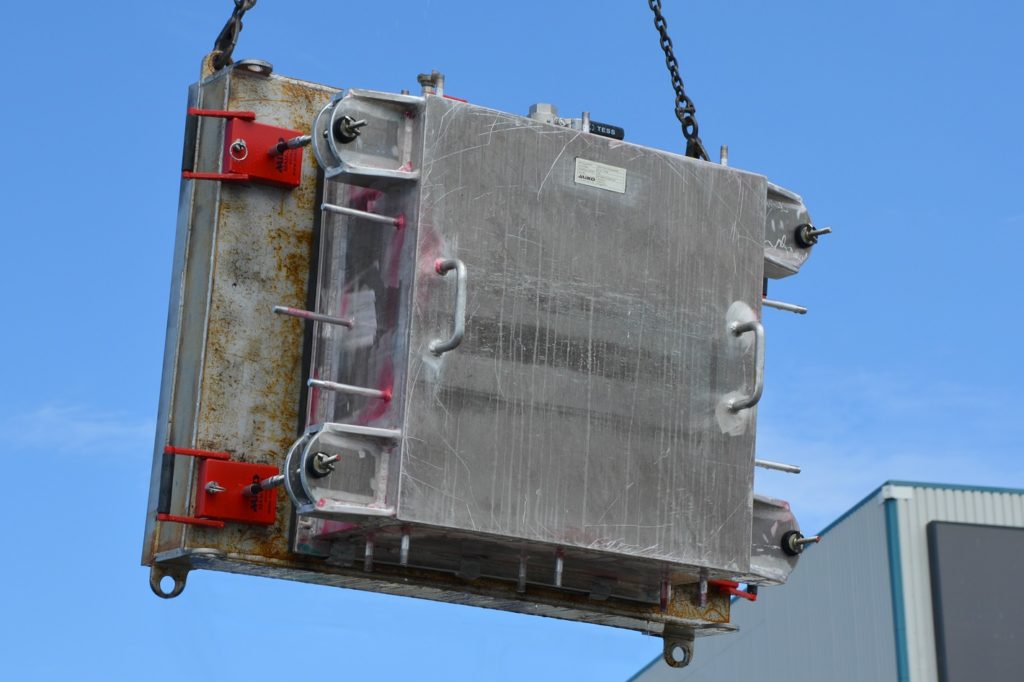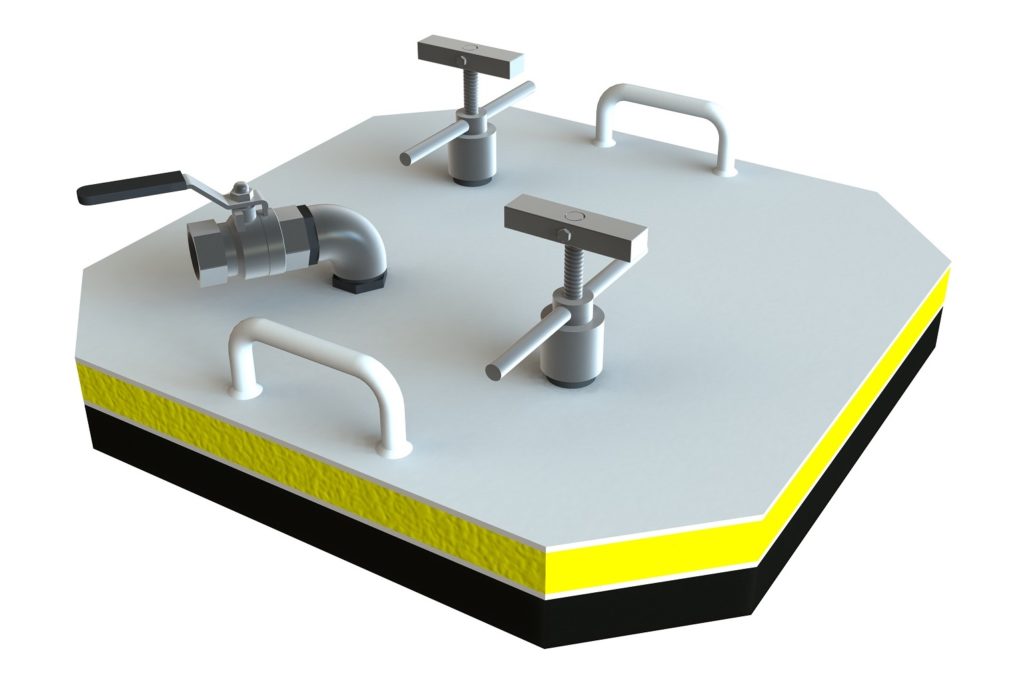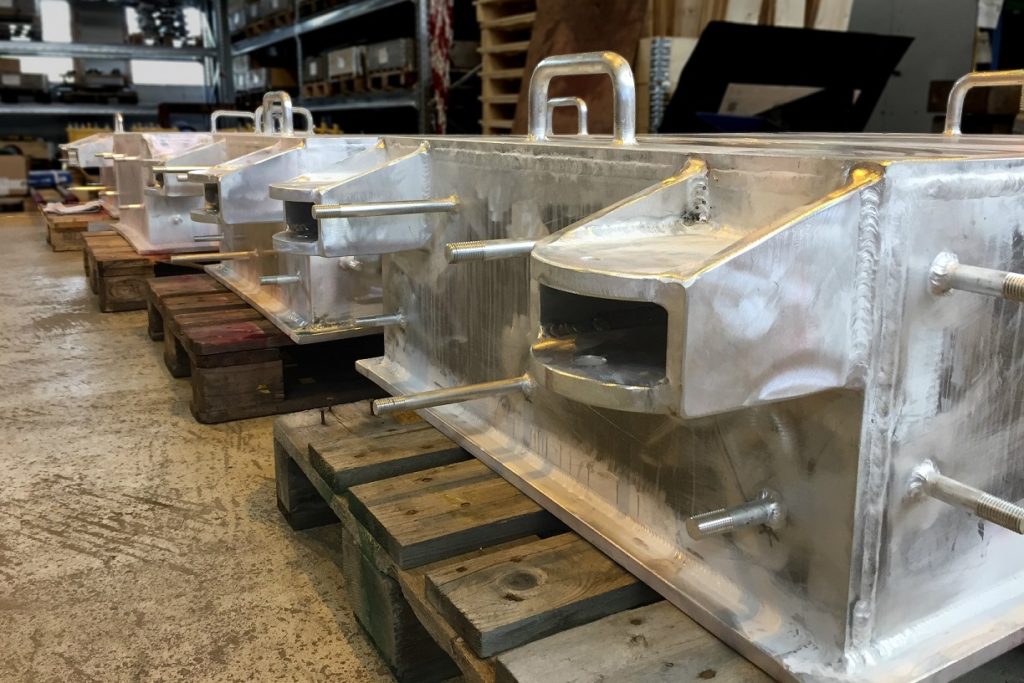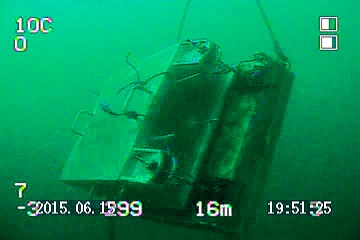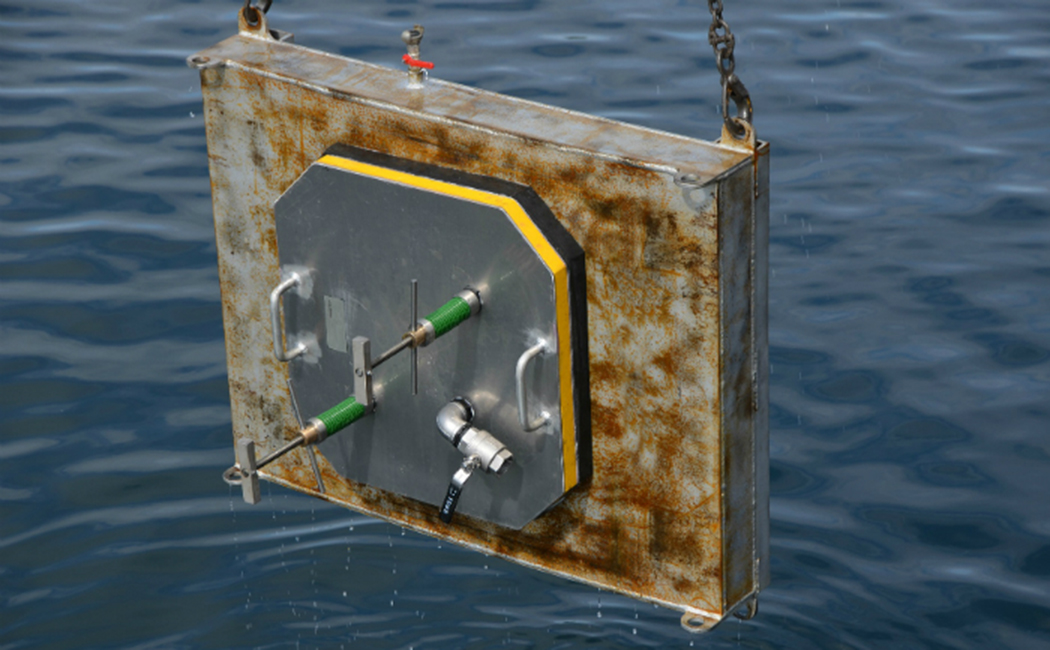Miko Marine has delivered a set of sea chest covers and cofferdams to Odfjell Drilling. The blanks have been design to act as double watertight barriers for use during maintenance or inspection work in the sea chests.
A policy of safety enhancement has resulted in Odfjell Drilling recruiting the expertise of Miko Marine to design and manufacture a complete package of sea chest covers and cofferdams that use magnetic holding technology for increased efficiency. The new closures have been designed specifically for use during work on the semi-submersible drilling rig Deepsea Stavanger. Miko already had a detailed understanding of the practicalities of sea chest closure and was able to apply its experience to the challenge. Achieving the necessary level of safety assurance required all components to be manufactured to specified standards and digitally analysed during the design phase to guarantee the structural strength and performance of each component.
The new contract resulted in Miko’s naval architects designing a system that employs a primary seal that clamps over each of the four sea chest gratings and creates a watertight closure that in previous years might have been considered adequate for the task by itself.
“Odfjell Drilling was already familiar with the advantages of working with Miko magnetic patches as they are able to quickly create a watertight seal that is qualified to DNV GL standards when used to close-off sea chests,” explained Odfjell Drilling spokesman Gisle Johanson. “However, this is no longer considered adequate for meeting our modern safety standards so the cofferdams were designed to use Miko high power magnets. These permit the cofferdams’ rapid, straightforward and cost-efficient fitting over the sea chest covers where they can act as secondary barriers against water ingress.”
There was also a requirement for two cushioned magnetic plates for closing-off overboard lines for the echo-sounder and the speed log. These were designed in such a way that Miko magnetic patches can also be used to provide a secondary layer of safety for these closures as well.
Magnetic adhesion is a key element of the system’s design and Miko expertise in this specialised technology will enable significant time and cost savings to be achieved. The most notable application is the use of four powerful Miko MAM permanent magnets to hold each of the four cofferdams tight against the hull. With each magnet capable of holding up to 450 kg it is possible to achieve an instant watertight seal for the cofferdams without the need for any other attachments or holding mechanisms being fitted to the hull. Each magnet is connected to the cofferdam via a special rubber link which introduces an element of flexibility that enables it to be fitted flush onto the hull while allowing the coffer dam to be positioned precisely before it is tightened into place. When the job is finished each magnet is simply freed by having its release lever lifted by a diver or ROV (Remotely Operated Vehicle) so the cofferdam can then be retrieved.
“The need for quantifiable performance data for each component was an important element of the contract and everything except the Miko Plasters had to be numerically analysed to demonstrate structural strength and pressure tested while being witnessed by DNV GL inspectors,” explained Lars Lind, project manager for Miko Marine. “The Miko Plasters – which is our brand name for the magnetic patches because they are as easy to use – are already qualified by DNV GL but the sea chest covers and cofferdams were tailor-made for these particular sea chests and needed to be verified.”
Because of this, nothing was left to chance and the covers and the cofferdams were tested on a specially manufactured tank that simulated the hull of the Deepsea Stavanger. With the covers in place the tank was lowered into the sea at Haugesund, on the west coast of Norway, where at a depth of 16 metres an internal camera was able to verify that there was no leakage while an inspection ROV was also used to examine the covers from the outside.
